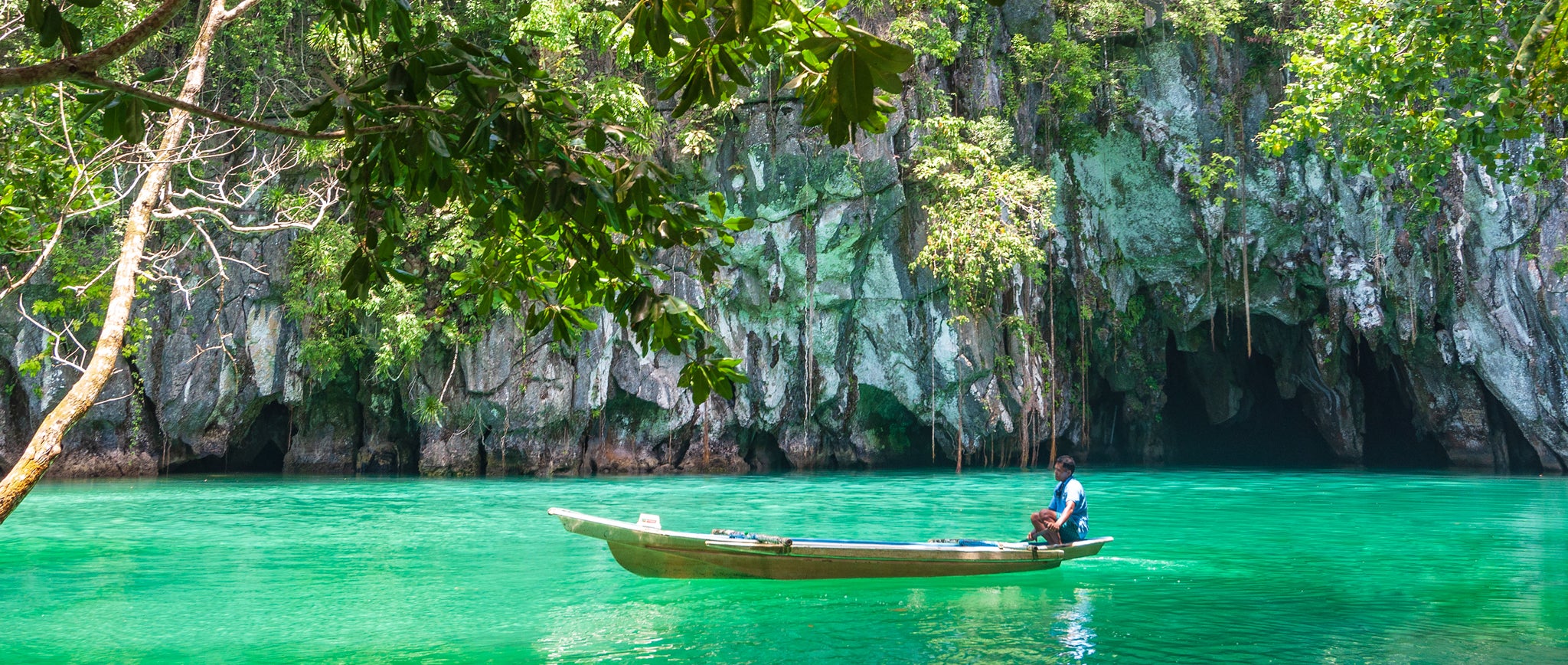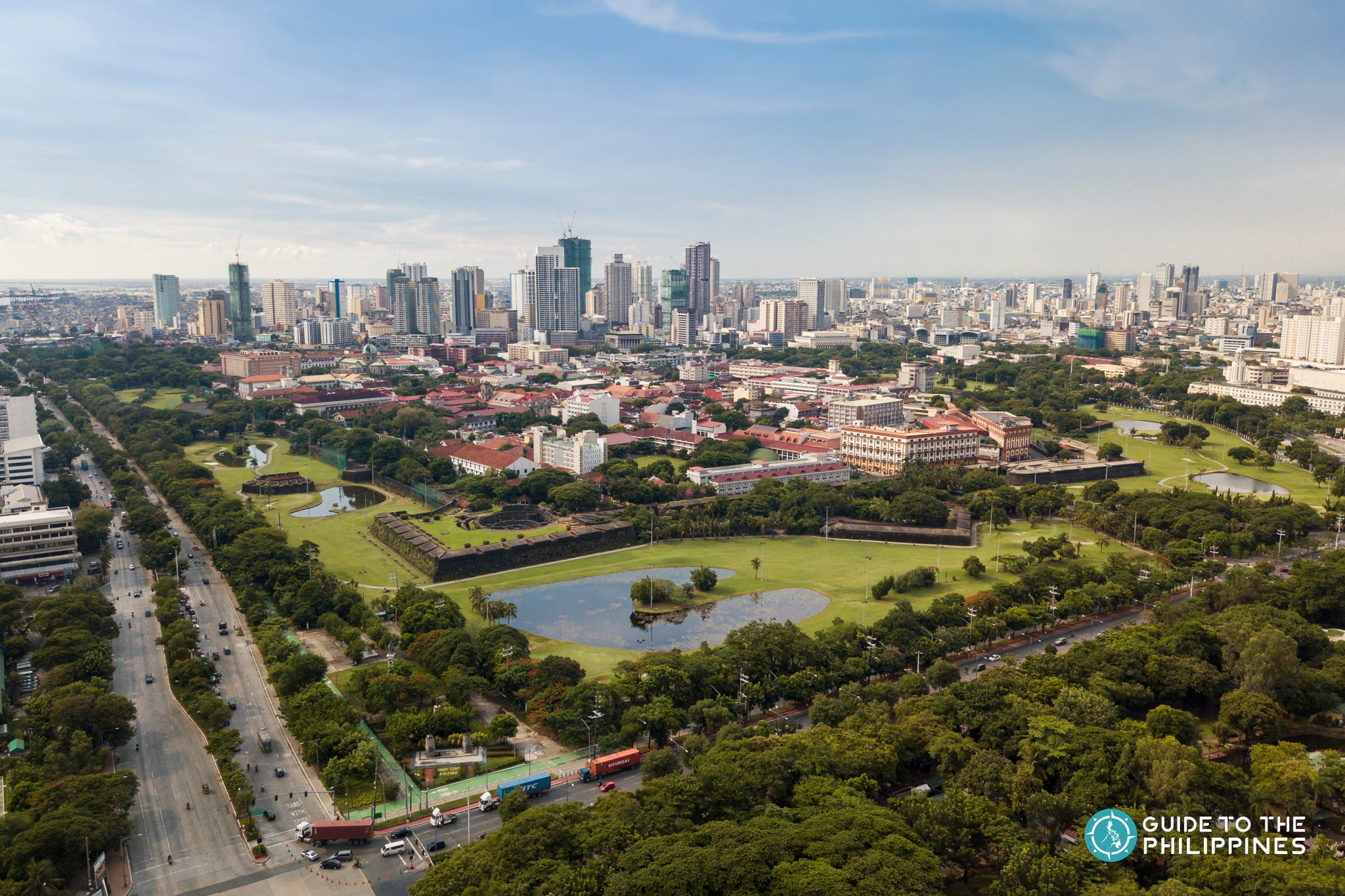
Explore the lush landscapes and idyllic spots in Cavite, also known as the Historical Capital of the Philippines or the Land of the Brave. Discover a multitude of attractions and find out why it’s a popular destination for weekend getaways.
Cavite is a suburban province that occupies the south of Manila Bay. It is only 2 to 3 hours or 33KM away from the capital city, Manila. Home to some of the top historical sites in the Philippines, Cavite is known as the birthplace of Filipino national heroes such as Juan Saraza Castañeda, General Pantaleon Garcia, and former president Emilio Aguinaldo.
Cavite province also boasts a wide variety of scenic attractions, not just historical landmarks. You can immerse in its farms, coves, and beaches that are equally captivating. The province of Cavite also covers Tagaytay City, which is famous for its cool weather that you can experience when you join a Tagaytay tour. You can refer to our article on the best Tagaytay tourist spots to learn more.
- Book hotels in Metro Manila for your Cavite vacation
For this article, we'll cover the top tourist spots in Cavite province that you should add to your travel bucket list in the Philippines.
12. Paniman Beach
 Photo by Puerto Azul - Paniman Beach
Photo by Puerto Azul - Paniman Beach
If you are looking for serene and less-crowded beaches near Manila, Paniman Beach is the place to be! This palm-fringed and powdery gray-sand beach is within the vicinity of Puerto Azul Golf Resort in Ternate, Cavite. It is one of the secluded spots in the province that features a quieter ambiance near the metro.
Paniman Beach is said to have been abandoned because the owners can no longer afford the operating costs of the entire beach resort. Nonetheless, it is still open for beach lovers who want to have a quick escape. It is a perfect tropical destination just 2 to 3 hours away from Manila. You can sunbathe, lounge on the gray sand, or plunge into the clean waters.
There is no reservation required, but you will need to pay the entrance fee. Feel free to occupy the shaded tables, cottages, and huts surrounding the resort.
11. Patungan Beach Cove
Another secluded and must-see beach spot in the province lies in Maragondon, Cavite. Situated at the southern side of Mt. Palay Palay or Pico de Loro, Patungan Beach Cove rivals those famous beaches in Batangas and Zambales. It boasts light brown sand, impressive rock formations, and breathtaking views of nearby islands.
To get there, you have to traverse the Nasugbu-Ternate Highway. You will drive across the 300-meter Kaybiang Tunnel, the longest road tunnel in the Philippines. Patungan Beach Cove is located at the farther end of the tunnel. Apart from its scenic beach, you can find a fishing village, which serves as the main livelihood of the locals.
There is no entrance fee here. However, cottages have a rental fee. You can bask in the sun, indulge in fresh seafood dishes, and even go island-hopping to the nearby pristine waters of Mugiw Island, Carabao Island, and Crocodile Island.
10. Balite Falls
 Photo by MSSL Resort at Balitefalls
Photo by MSSL Resort at Balitefalls
For those seeking a refreshing spot to unwind, visit Balite Falls in Amadeo, Cavite. Its enchanting waterfalls are among the several emerging attractions in Cavite. Enclosed inside a 4-hectare property, the Balite Falls has refreshing cold water gushing down a natural swimming pool.
It comprises two waterfalls. The bigger one naturally flows to the next one. It then cascades through various pipes and bamboo tubes. The running water fills the pool-sized watersheds— the deeper part is for adults, while kids can plunge into the shallow part. You can also jump off the edge of the falls and dive as deep as 18 feet below.
Upon entering the falls, you will need to pay an entrance fee. There are also surrounding cottages available for rent. If you come in a much bigger group, you can occupy a huge room that can accommodate up to 60 persons.
9. Boracay de Cavite
Among the many famous beaches in the south, Boracay de Cavite is one of the go-to weekend destinations and sought-after holiday spots. This famous Cavite beach features powdery fine gray sand and clean waters overlooking the Corregidor Island and Mount Mariveles in Bataan.
Also known as Katungkulan Beach Resort, Boracay de Cavite is just around 3 KM away from the Camp General Gregorio Lim Marine Base in Ternate, Cavite. The gray-sand beach is within the training grounds of the marines, so don’t be surprised if you see them roaming around the area. You can even find their firing range and barracks nearby.
To get there, you will need to secure an appointment before arrival to avoid coinciding with the military exercises. Adult visitors have to present a valid I.D. There is an entrance fee and cottages are available for rent.
You can also make use of the resort’s basic amenities: grilling station, toilet, shower area, volleyball court, and parking area. There is also a nearby store where you can buy snacks, drinks, toiletries, and even some souvenirs to bring back home.
8. Museo De La Salle
 Photo by Museo De La Salle
Photo by Museo De La Salle
The province of Cavite is also home to various cultural and historical attractions. One of which is Museo De La Salle, the official museum of the De La Salle University System in Dasmariñas, Cavite. It aims to showcase the extravagant lifestyle of Ilustrados during the Spanish colonial period.
The museum’s architecture is reminiscent of the traditional Bahay-na-Bato. Featuring Mexican, Spanish, and Oriental architecture, Museo De La Salle houses antique wooden furniture, life-size religious statues, crystal chandeliers, and rare ceramics. Some of the collections and art pieces came from donations.
You will get a glimpse of the Spanish era when you browse through the museum’s vast collection of heirlooms and artifacts. The two-story building has a grand staircase, Azotea, and a Baroque altar at the center. To get inside the museum, you have to present a valid ID and pay an entrance fee.
7. San Roque Parish Church
 Photo by San Roque Parish Church
Photo by San Roque Parish Church
The Diocesan Shrine of Our Lady of Solitude of Porta Vaga, also known as San Roque Parish Church, serves as a pilgrimage center in Cavite City. It is one of the most-visited churches in Cavite, especially during the Holy Week season. Catholics usually visit San Roque Parish Church as common practice for Visita Iglesia.
In 1700, the image of San Roque was aboard a badly damaged ship. Later on, the captain decided to place the image temporarily at the chapel. When it’s time to bring it back, the crewmen surprisingly cannot move the image. This mysterious experience made the people decide to venerate San Roque as the patron of the place.
Aside from its historic and picturesque structure, San Roque Parish Church also shelters Our Lady of Solitude of Porta Vaga, one of the National Cultural Treasures of the Philippines. During the Spanish era, the locals also used the icon of the Virgin Mary to bless the trade galleons heading to Acapulco, Mexico.
6. Gourmet Farms

Cavite is also famous for its thriving agri-tourism scene and farm tours. The province is home to coffee bean plantations, organic farms, lush greeneries, and beautifully manicured landscapes.
One of the must-visit Cavite farms is Gourmet Farms, which claims to be the first-ever farm to introduce the Philippines’ finest coffee beans to the world. This first-ever commercial roasting facility and coffee bean plantation is an ideal spot for coffee lovers.
The owners of Gourmet Farms started as coffee traders in 1978. Since then, they have been producing single-origin arabicas, customized blends, and Philippine specialty coffee.
The founder and president, Ernest de Leon Escaler also decided to put up Gourmet’s Café, a roadside nipa hut restaurant alongside the 2-hectare organic farm in Silang, Cavite.
People from all over the country, including Manila’s Elite 400, have queued for hours to taste the restaurant’s heavenly Filipino-Italian meals served with gourmet coffee blends and teas from indigenous Philippine herbs.
Gourmet Farms is open daily from 7 AM to 9 PM. You can also drop by its store to buy local delicacies, organic food, and souvenir items.
5. Mt. Pico de Loro

Also known as Mt. Palay Palay, Mt. Pico de Loro stands majestically between Maragondon, Cavite, and Nasugbu, Batangas. It is a dormant volcano that rises over 664m above sea level. It is one of the top hiking destinations in the Philippines.
The name “Pico de Loro” means parrot’s beak, which forms a resemblance to the mountain’s summit. Its breathtaking summit offers an unobstructed view of the nearby provinces of Laguna and Batangas. You can also witness the nearby scenic islands of Limbones, Corregidor, and Carabao.
Before going on a hiking adventure, you should first consider varying levels of difficulty. Relatively, Mt. Pico de Loro has a beginner-friendly trail with a difficulty level of 3/9.
It has a minor climb classification; therefore, it only takes up to 5 hours to reach the summit. Its trail class is between 1-3, which means that the terrain has rugged paths and moderately steep slopes. You will have to rappel through a 50ft-high monolith to the top.
The jump-off point is at the DENR station in Ternate. For your safety, there are Eco guides who will accompany you throughout the hike. Currently, Mt. Pico de Loro is indefinitely closed.
4. Imus Cathedral
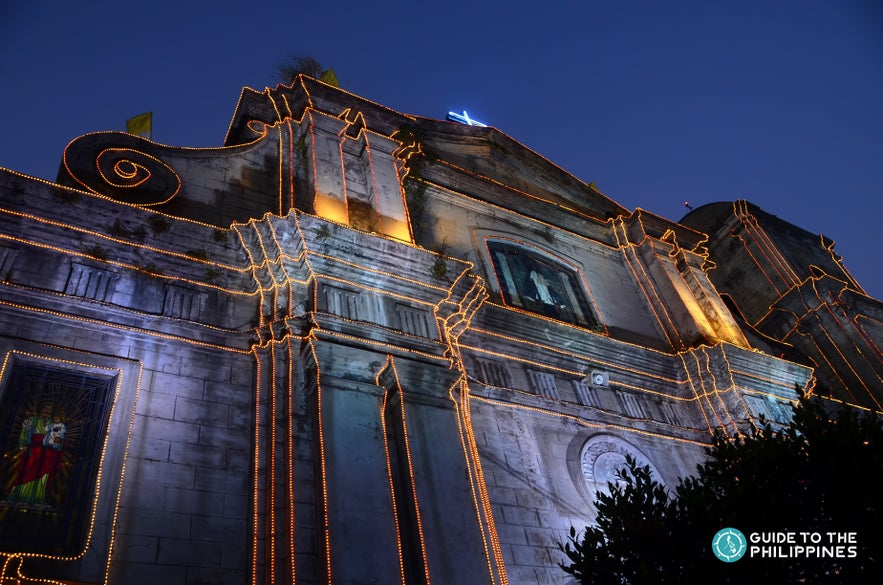
Another solemn and impressive church in Cavite is the Imus Cathedral, also known as The Diocesan Shrine and Parish of the Our Lady of the Pillar. It serves as a significant part of the history and culture of Caviteños, which dates back to the 1820s.
The Cathedral started as a small chapel in Kawit. However, the Augustinian recollects petitioned the Spanish government to convert Imus into an independent municipality. In November 2006, the National Historical Institute declared Imus Cathedral as a structure of historical significance.
The Hispanic architecture of the church has been beautifully preserved until now. Apart from the bricks and stones on its walls, you can also find Latin inscriptions on its arches. The pattern of the facades somewhat resembles the Manila Cathedral in Intramuros.
Imus Cathedral is a notable landmark for pilgrims not just from Cavite, but also from different provinces. Those who plan to have their Visita Iglesia and heritage tour in Cavite might want to include this historic church on your list.
3. Malibiclibic Falls
 Photo by Malibic-libic Falls
Photo by Malibic-libic Falls
One of the hidden gems in Cavite is nestled between General Emilio Aguinaldo (formerly Bailen), Maragondon, and Magallanes towns. Malibiclibic Falls is a result of three rivers merging from a 100-meter cliff below a grassland. The cascading water also pours to a wide catch basin perfect for a refreshing dip.
Described as the Amazon of Cavite, the surrounding greenery of Malibiclibic Falls is somewhat comparable to the lush landscapes of the famous rainforest. At first glance, the enchanting waterfalls seem to emerge from an enormous crack between two large and towering boulders.
To get there, you have to go through a 30-minute hike. The downhill trail is easy to navigate; however, it gets challenging when you pass through huge rocks and moss-covered boulders.
There is no entrance fee, but you need to pay an environmental fee. Travelers who have been to Malibiclibic Falls describe their trip as a spiritual and worthwhile experience.
2. Emilio Aguinaldo Shrine and Museum
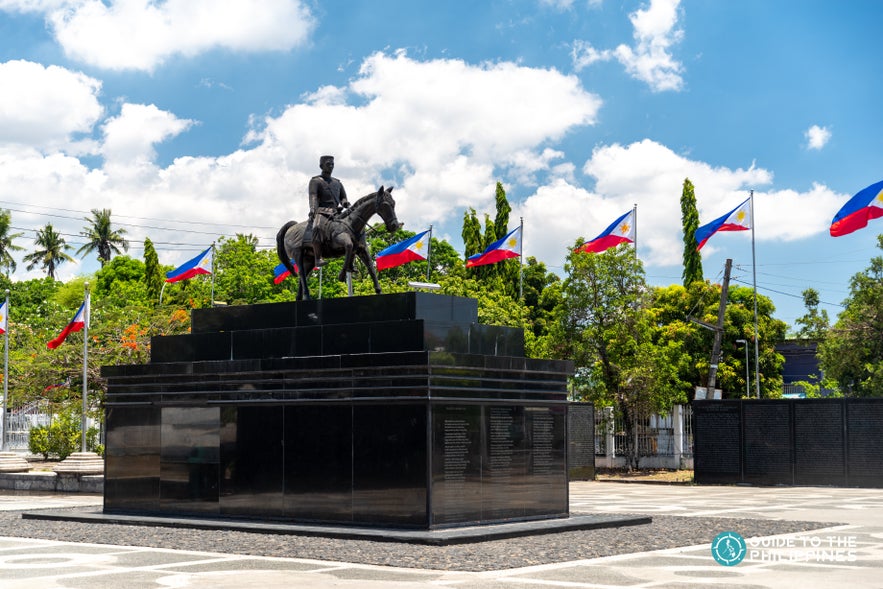
One of the top historical tourist spots in Cavite is Emilio Aguinaldo Shrine and Museum, the site of the first unfurling of the Philippine flag. Former president Emilio Aguinaldo officially proclaimed the Philippine Independence from Spanish colonization on June 12, 1898, on the balcony of his home in Kawit, Cavite.
During the historical event, the Banda Malabon played the Philippine national anthem composed by Julian Felipe. On June 18, 1964, the late president Diosdado Macapagal declared the Aguinaldo Mansion as a National Shrine.
The Aguinaldo Museum, also known as the House of History, features secret passages and compartments for documents and weapons. There is even a bomb shelter that leads to the nearby church.
Like the traditional Bahay-na-Bato, the mansion displays antique furniture, mesa altar, and other art deco-inspired elements. The ground floor serves as a museum, while the tomb of Aguinaldo lies in the garden behind the house.
The design of the mansion also reflects Aguinaldo’s ardent patriotism. There are evident symbols that adorn the ceiling, including an eight-rayed sun that represents the revolt of eight provinces as seen in the Philippine flag.
1. Corregidor Island
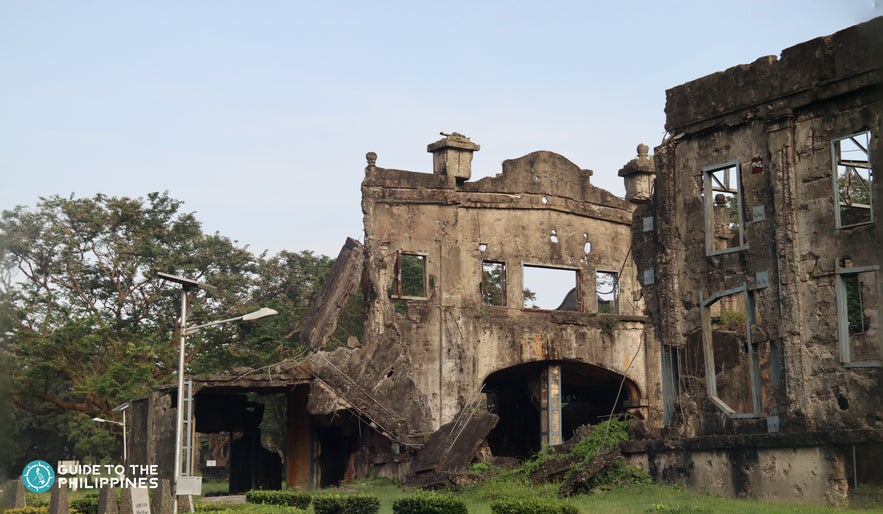
The island fortress of Corregidor is strategically located at the entrance of Manila Bay, south of Bataan, but it’s under the territorial jurisdiction of Cavite. It's one of the best day tour destinations near Manila.
Corregidor Island (Fort Mills) is one of the harbor defenses and vital combat zones between the Japanese Imperial Army and allied forces during World War II.
During Corregidor tours, you can try various fun activities. Revisit Corregidor’s glorious past while riding a tram, an ancient railway system in the early 1900s. The tranvia passes through the Malinta Tunnel, a bombproof shelter that served as McArthur’s headquarters and a hospital for wounded soldiers. You will also marvel at the ruins of Middleside Barracks, former home to more than 2,500 Filipino and American soldiers.
If you want to explore other stunning spots on the island, you can also go biking across the Mile-Long Barracks and South Beach. The island is also teeming with diverse flora and fauna. Other must-visit Corregidor attractions include the Japanese Memorial Garden and Pacific War Memorial Museum.
Those looking for adventures can join hikes with trails ranging from easy to advance. You can discover secret caves, pass by hidden tunnels, and witness the nearby Conchita Island and the Bataan Peninsula.
Explore the Best Attractions of Cavite
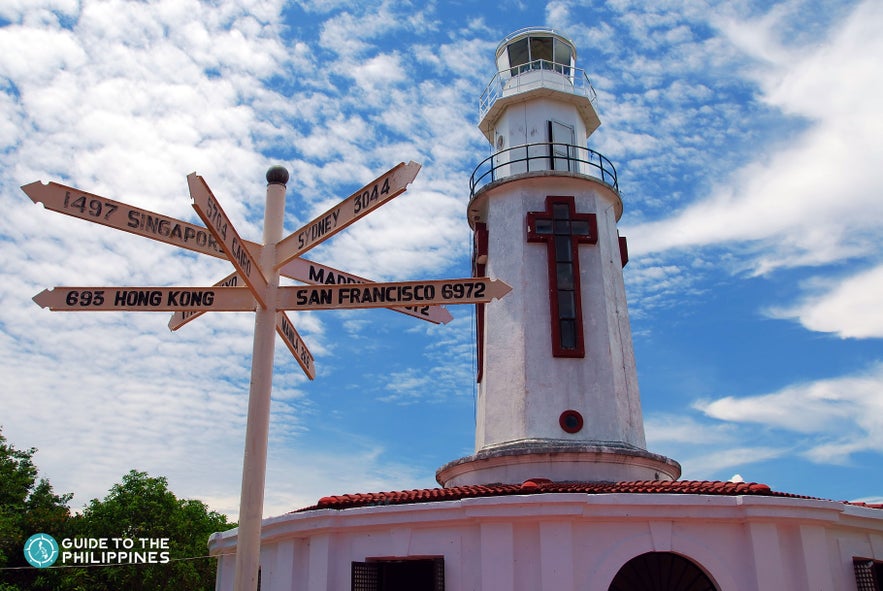
Cavite is one of the popular business and transportation centers in the Southern Tagalog region. It is also commonly referred to as a commuter’s gateway to Manila, the vibrant capital of the Philippines.
Amidst the bustling city lies lush greeneries, tropical landscapes, enchanting waterfalls, and gray-sand beaches. Despite having various historical and cultural attractions, the province also boasts organic farms and coffee bean plantations nestled in its secluded towns.
While exploring Cavite, you will discover compelling facts about different Philippine historical events. You will also learn about the rich cultural heritage of the province. You can try various adventures, go on hiking tours, and spend weekend beach trips.
Start planning your next weekend getaway to the Historical Capital of the Philippines! Check out the best Cavite tourist spots, learn where to book the top Cavite tours, and get to know the exciting activities that you can add to your Cavite itinerary.



